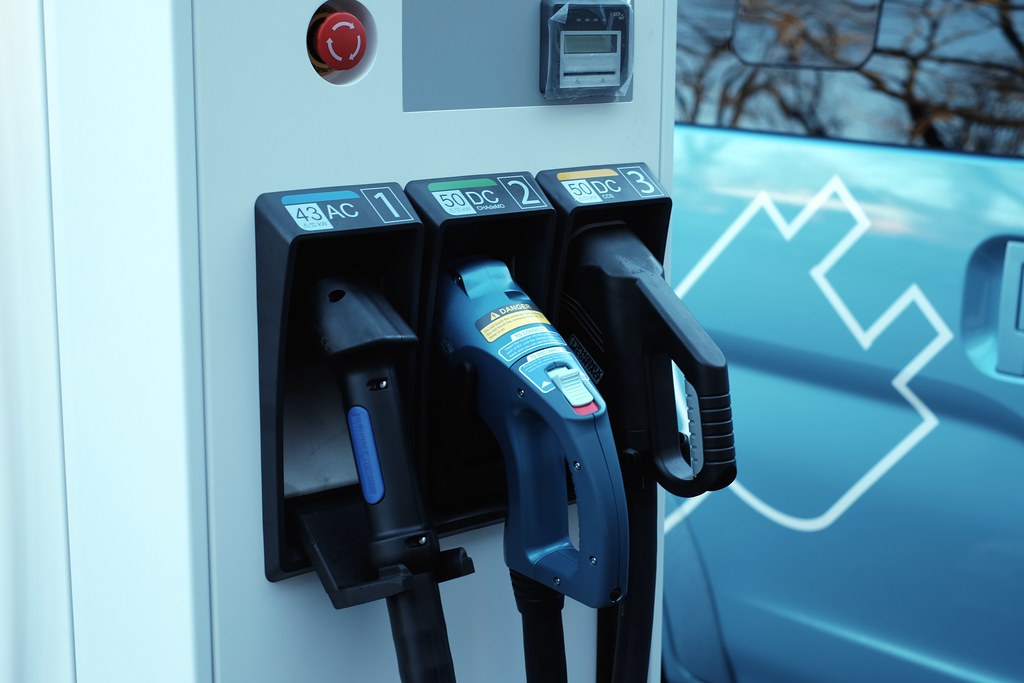The good news: Demand for parking spaces is down among residents of central Chicago. But here's the bad news: The city of Chicago still requires lots of parking.
That hurts everyone, whether they live in those buildings or not, says Ryan Richter at new Network blog Transport Nexus:
At Lakeshore East, a development of mixed use high rise apartment and condo buildings just north of Millennium Park, south of the Chicago River and east of Michigan Ave., around 40% of renters lease a parking space, down from the developers projection of 55%. This would be fine in a true free market where the developer would assume the risk of overbuilding on parking. However, the City’s zoning code, in its infinite wisdom, requires parking in new residential developments at ratios of 0.55 to 1 space per unit. Thus, the developers initial projection for parking is at the lowest end of the parking ratio in the zoning code and is still over market demand.
Because the zoning code won’t allow for pooled or shared parking between buildings, each building must have its own allocated parking. The costs of this parking, of course, get passed onto the occupants of the building indirectly, regardless of whether the occupants have a need for a car.
Because of the over supply of residential parking downtown as mandated by zoning, parking is artificially cheaper than it should be. This, of course, encourages greater auto use in the densest part of the city, the part in which public transportation of various modes operate at a very high frequency practically around the clock. It also encourages the catering of urban design towards the car and away from alternate transportation modes, despite the fact that the alternate transportation modes may make up a larger share of trips in this area.
Elsewhere on the Network today: Discovering Urbanism analyzes new Census data showing that while more people are living in "urban areas," by and large they're living at lower densities. Urban Review STL examines the difficult transition as a 1980s-era suburb tries to become more urban. And Free Public Transit explores the surprising connection between access to light rail and a healthy body weight.






